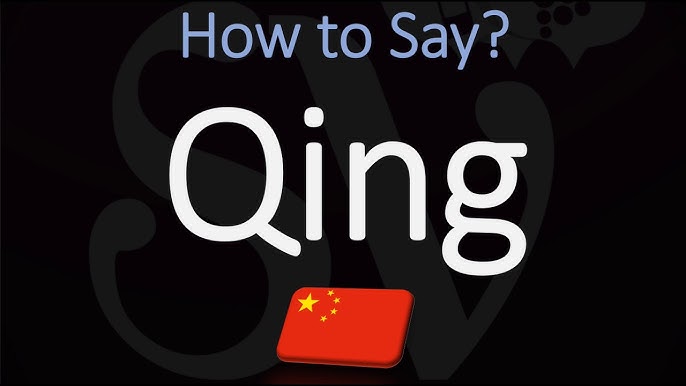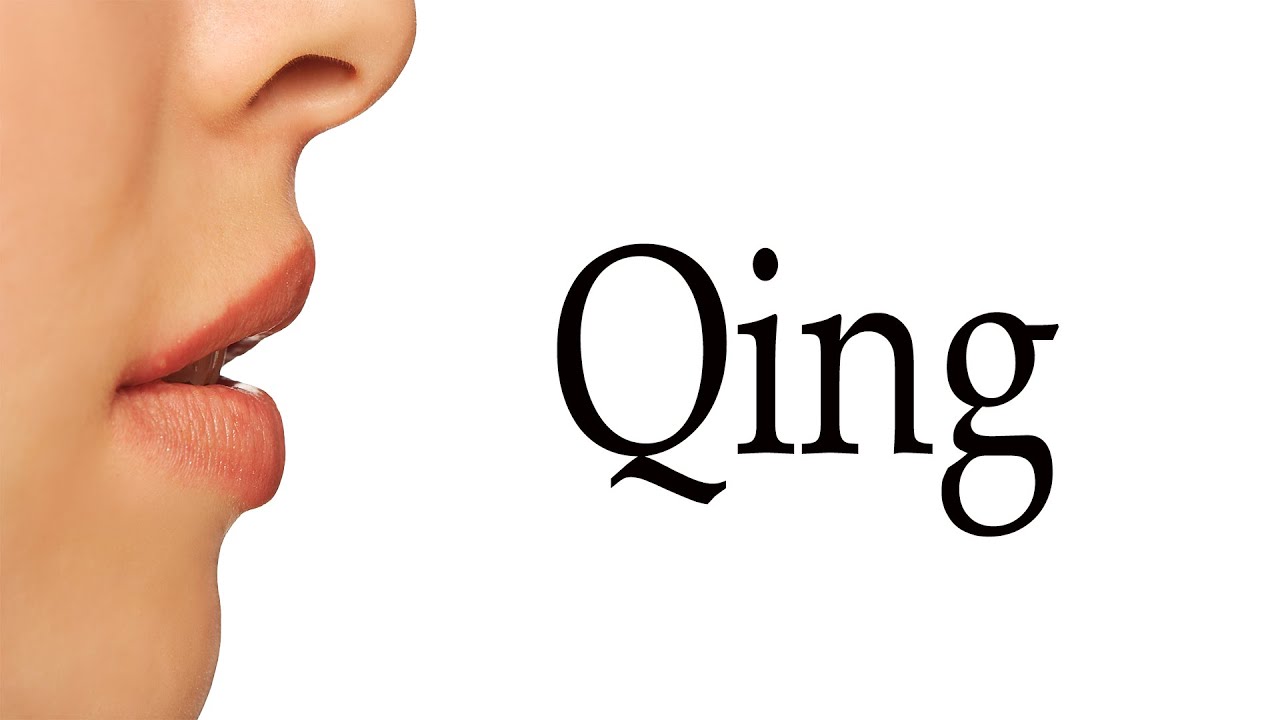Alright, let’s talk about “qing”. You see that Pinyin, and if you’re like I was, your tongue just decides to take an unscheduled vacation. It’s one of those sounds that, when I first started trying to get my head around Mandarin, felt like a cruel joke. I mean, I’d look at it, try to say it, and what came out was… well, not “qing,” that’s for sure.

I vividly remember this one period where I was trying really hard to get it right. I was practicing for a little presentation, nothing major, but I wanted to sound at least semi-competent. There was this key phrase that had “qing” in it, I think it was “情况” (qíngkuàng – situation). Every time I got to it, I’d stumble. It either came out like “king” or some weird “ching” that just sounded off. It was incredibly frustrating. I felt like my mouth just wasn’t built for it. I’d listen to native speakers, and it flowed so effortlessly for them. Me? I sounded like I was trying to cough up a hairball politely.
My Path to (Sort of) Conquering “Qing”
So, what did I do? I didn’t just throw in the towel, though, believe me, the thought crossed my mind more than once. I decided I had to dissect this beast. I started by just listening. Over and over. I found some audio clips, YouTube videos, anything where I could hear “qing” pronounced clearly. My family probably thought I was going bonkers, listening to the same syllable on repeat.
Then, I tried to feel it out in my own mouth. This was the real grind. I realized pretty quickly that the ‘q’ wasn’t like an English ‘q’ at all. Forget “queen.” It was closer to a ‘ch’ sound, but not quite the ‘ch’ in “church.” It felt sharper, and the air had to come out in a specific way. I spent ages just trying to make that initial ‘q’ sound. My tongue was doing gymnastics, or at least, it felt like it. I learned my tongue tip needed to be down, behind my lower teeth, and the front-middle part of my tongue would go up to the hard palate, then release with a burst of air. That puff of air was key.
And then came the “ing.” That wasn’t straightforward either. It’s not like the “ing” in “sing.” The ‘i’ is super subtle, almost like it’s just there to help transition to the ‘ng’. It’s very nasal. So, I practiced the ‘q’ (more like a ‘tsh’ sound), then I practiced the ‘ing’, trying to get that nasal resonance.
- Step 1: Isolate the ‘q’. Lots of hissing and puffing sounds. Sounded ridiculous.
- Step 2: Work on that ‘ing’. Humming with my mouth in the ‘ee’ shape but aiming for the ‘ng’.
- Step 3: Combine them. Slowly. So. Very. Slowly. “Q-ing… Q-ing… Qing.”
I also recorded myself. That was a painful but necessary step. You think you’re sounding one way, and then you hear the playback, and it’s… humbling. But it helped me identify what I was doing wrong. It was a lot of trial and error. There wasn’t some magic bullet. It was just repetition, focusing on the mouth mechanics, and being patient with myself.

You know, it’s a bit like trying to fix a complicated machine with a vague manual. The Pinyin charts are there, but they don’t always tell you the feel of it. They don’t quite capture the acrobatics your tongue needs to perform. It felt like everyone else got the secret handshake for these sounds, and I was left out.
Why am I rambling on about this? Because I remember how much of a block “qing” was for me. It stood between me and feeling like I could actually speak, even a little. Getting it somewhat right wasn’t about achieving perfect, native-like pronunciation – I’m still a work in progress on many fronts! It was about overcoming a specific hurdle that was really bugging me. It was about that little spark of satisfaction when I said “情况” and it sounded recognizably like “qíngkuàng” and not “king-kwang.” It’s these small victories that keep you going, right? So if you’re wrestling with “qing,” just know you’re not alone. Keep at it, make weird noises, and eventually, your tongue will figure it out. It just takes time and a bit of stubbornness.
